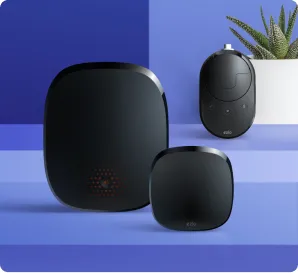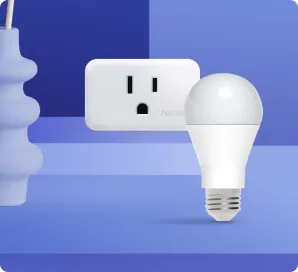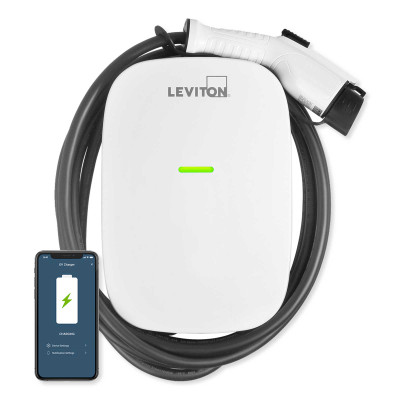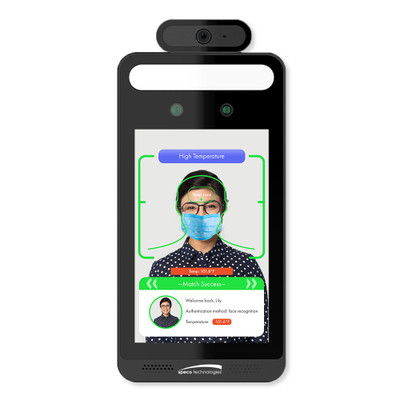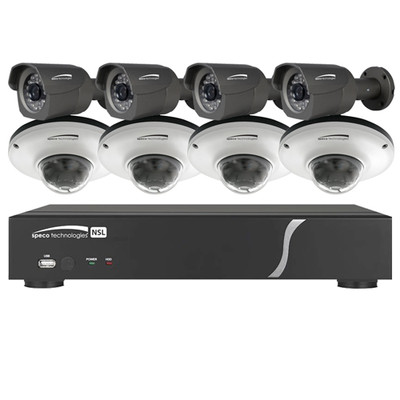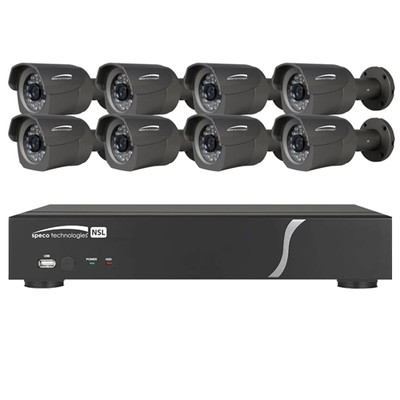Components of the Best Home Security System
A home security system is a sure investment that guarantees the protection of your family, home, and belongings. It may also save you money on your home insurance policy. If you are moving into a new home or want some extra security measures for your existing home, it is prudent to implement the best home security system for peace of mind. There is nothing scary as the possibility of home invasion or burglary when you least expect. Therefore, having the best home security system provides a feeling of security to homeowners.
With various security systems available in the market, it is prudent to look for the best home security system that provides the right solution for your needs. The best home security systems offer multiple layers of protection, from basic motion detectors to full-blown surveillance cameras. In addition, these systems have high-tech features such as a touchscreen panel, two-way voice communication, or remote access via smartphone.
Many components make up the best home security systems. The following sections will break down the most common components that make up the best home security system.
Glass-break sensors
Glass break sensors detect the sound of broken glass and trigger an alarm when it happens.
Doorbell Cameras
Doorbell cameras mount on or near your doorbell like standard security cameras, and when someone rings the bell, the camera activates and lets you see who’s there through an app on your smartphone or tablet. Doorbell cameras also have speakers, and you can speak with the visitor through a microphone on your phone or tablet. In addition, some doorbell cameras have motion sensors that activate when someone comes near your door.
Indoor Cameras
Indoor cameras are housed in enclosures and mount on walls or sit on flat surfaces. They’re excellent in monitoring rooms where you want to know the happenings when you’re not in, for example, baby monitors, pet cams, and nanny cams. The cameras also help keep an eye on employees in offices or stores where theft is rife.
Motion sensors
Motion detectors detect unusual activity anywhere in your home. They detect movement inside or outside your home. For example, if someone suddenly enters a room they shouldn’t be in while you’re away, a motion detector will notify your monitoring center.
Window and Door Sensors
You can install these sensors on entry points around your house, including every exterior door and window that could be potential access points for intruders. They’re typically wireless and battery-powered. Each sensor pairs with a control panel, a keypad that lets you arm and disarm the system as you come and go and also alerts you of any activity or intrusion.
Smoke alarms and carbon monoxide detectors
These devices monitor environmental hazards like smoke or carbon monoxide and notify emergency services when necessary. They may also integrate with home automation systems so that lights can turn on automatically when smoke is detected.
Control panel
The panel lets you arm and disarm the system from inside or outside your house and remotely monitor the whole house from apps on your smartphone or tablet.
Outdoor surveillance cameras
These are typically add-ons for security systems and are very useful in providing evidence of a break-in. You may want to install them at all entry points, including windows.
Choosing the best home security system
You may want to consider the following:
Your needs
Learning about your home’s risk profile and local crime statistics can help you decide what type of security measures make sense for your home. The first step in choosing a home security system is determining your needs. The type of system you choose should address the level of protection you require and your budget.
Ease of use
If you’re not comfortable with technology, you might need something easy to set up and operate.
Costs
You will also need to consider how much you are willing to spend upfront on equipment and monthly monitoring fees.
Authorizations
Ensuring sure your home security system meets all local requirements is another consideration. For example, if you live in an apartment building, you may need permission from your landlord before installing a wireless security system. In some cases, landlords may even offer discounted rates if they have an existing relationship with a security vendor.
Benefits of having the best home security system
There are many benefits of having the best home security system in your home. Here is a list of the benefits:
- Deterring burglars
- Protecting valuables
- 24/7 monitoring
- Monitor pets or children at home
- Remote home monitoring
- Smoke, fire, and carbon monoxide alerts
- Decreasing your home insurance premiums
Conclusion
When you want to equip your home with the best home security system, you’ll want to consider your family’s needs and the type of home. The best home security system is a set of devices that work together to protect your house. The core components of this system are sensors installed on doors and windows. When the sensors detect motion, they trigger an alarm.
Other components include cameras, recording video, and sirens, which make a loud noise to scare away intruders. Some systems even send alerts to your phone when they detect something amiss.

